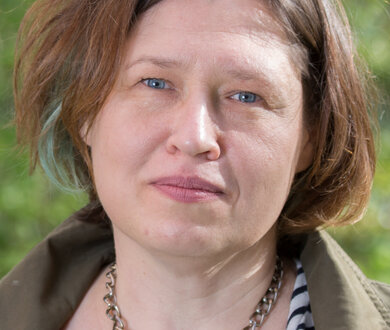Ukraine – Protecting Carbon-Rich Soils During and After War
Due to the ongoing war, large areas of Ukraine (at least 44 raions in 10 oblasts and the Autonomous Republic of Crimea) may be contaminated with chemicals and explosives. Carbon-rich agricultural soils are among the casualties of the war, and in some cases, these lands will be unsuitable for agricultural production until they are demined or the chemical contamination diminishes.
Ukrainian legislation allows for "land abandonment" or "temporary land withdrawal”, which terminates or limits the economic use of agricultural land for a specified period. This can be achieved by establishing grasslands, afforestation, or ecological restoration. Therefore, land abandonment and subsequent conversion of polluted areas into protected areas could be an environmentally sound option.
To support this process, two maps were developed during the project:
- Carbon-rich soils in Ukraine during 2022 and 2023: This map highlights the distribution of steppe soils and peatlands. [Link]
- Protected Areas and Peatlands in Ukraine during 2022–2023: This map shows the overlap between protected areas and peatlands. [Link]
A soil expert developed criteria for identifying land requiring abandonment due to chemical and explosive contamination from the war. Additionally, a legal expert developed an algorithm for the process of temporary withdrawal contaminated agricultural land and converting it into protected areas. These findings were included in our publication “Abandoment of lands impacted by warfare” (in Ukrainian).
Since practical examples of land abandonment/freezing in Ukraine are limited, a publication “Examples of land abandonment in Ukraine: practical cases” showcasing five different land management techniques was produced. These case studies include:
- Creating phytocoenoses designed by a botanist: A method for enriching biodiversity in urban environments and post-war reconstruction.
- Restoring natural meadow grass beds: Implementing this technique on a homestead in the northern forest-steppe.
- Land conservation with perennial crops and afforestation: Combining these approaches for effective land protection.
- Holistic planned grazing management for land conservation: Utilizing grazing to achieve conservation goals.
- Land conservation through grassland restoration: Focusing on restoring degraded grasslands.
Location: Nordukraine
Duration: 2024

Olga Denyshchyk
Expertise: Moore, Paludikultur
Tel +49 3834 83542 32
The project “Management of Carbon-Rich Soils in Ukraine – Awareness, Capacity Building, and Economic Opportunities” was carried out in Ukraine. It was funded by the Federal Ministry for the Environment, Nature Conservation, Nuclear Safety and Consumer Protection (BMUV) and ran from September 2023 to April 2024.

